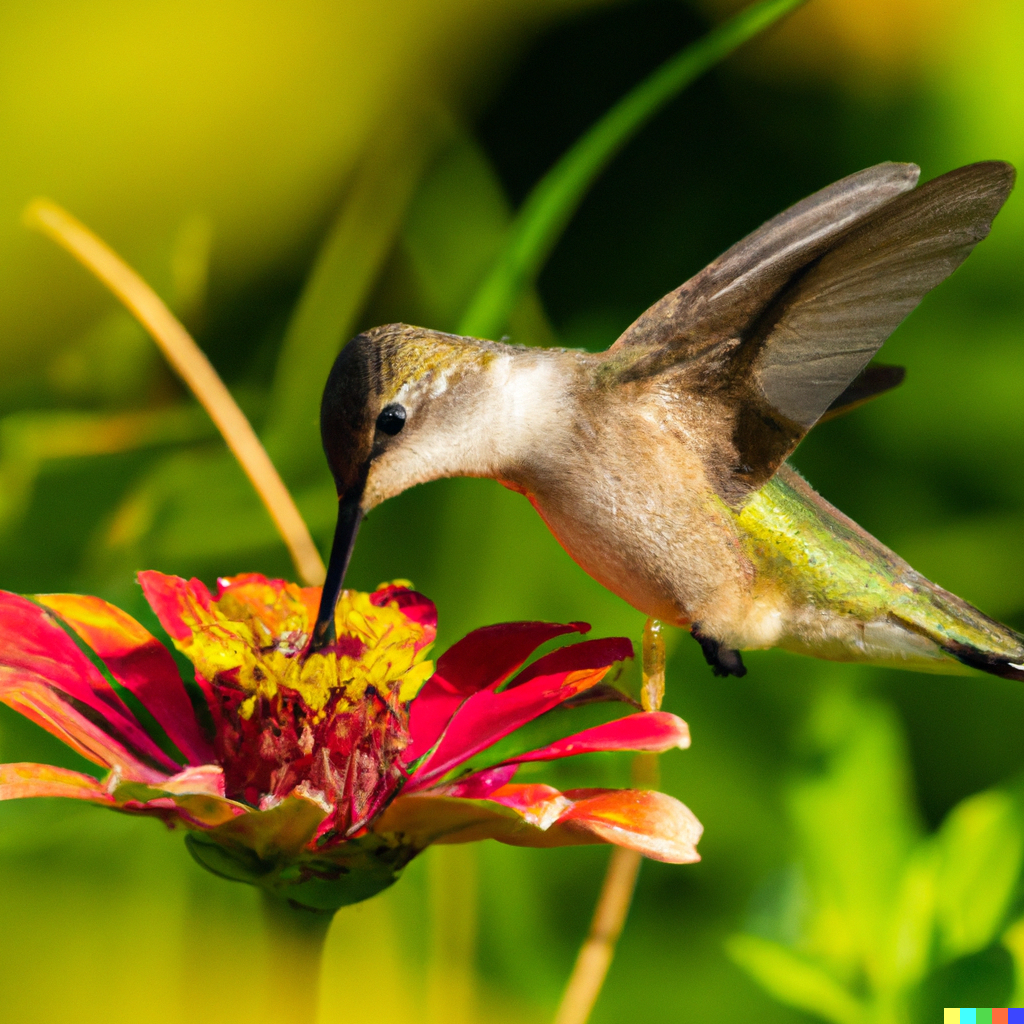As the leaves begin to turn and the air grows crisp, one of the most remarkable natural spectacles unfolds in the avian world: the migration of hummingbirds during the fall season.

These tiny, iridescent birds embark on an incredible journey that spans thousands of miles, captivating the hearts of bird enthusiasts and nature lovers alike.
Let’s explore the fascinating world of hummingbird migration; how far they travel, their final destinations, and the incredible feats of endurance they display along the way.
Preparing for Departure
Pre-Migration Fueling:
Before embarking on their long journey, hummingbirds engage in a period of intense feeding, bulking up to nearly double their body weight. They rely on nectar-rich flowers and insects to provide them with the necessary energy reserves for the trip ahead.
Triggering Migration:
The changing day length and decreasing daylight trigger the hummingbirds’ migratory instincts. As fall approaches, these environmental cues signal the need to start the journey.
The Migration Route
North to South:
Hummingbirds primarily migrate from their breeding grounds in North America to their wintering destinations in Central America and as far south as South America. The exact route taken can vary between species.
Coastal Corridors:
Many hummingbirds follow specific coastal corridors, utilizing favorable winds and a network of stopover points, such as gardens and feeding stations along the way.
The Incredible Distance
Covering Thousands of Miles:
The distance hummingbirds travel during migration is astonishing. Some species, like the Ruby-throated Hummingbird, cover up to 2,000 miles on their journey from eastern North America to Central America.
Overcoming Geographic Barriers:
These birds navigate through diverse landscapes, crossing deserts, mountains, and tropical rainforests. Their navigation abilities, honed by millions of years of evolution, are nothing short of extraordinary.
The Timeframe
Lengthy Travel Period:
The duration of hummingbird migration varies depending on the species and the specific route taken. On average, the journey spans several weeks to a few months.
Stopovers:
Hummingbirds make frequent stopovers to rest and refuel. These brief respites are crucial for their survival, as they cannot continuously fly without rest.
The Wintering Grounds
Wintering in Paradise:

Hummingbirds arrive in their wintering destinations, where the climate is more hospitable. These tropical areas provide an abundance of nectar-producing plants, ensuring a steady food supply.
Establishing Territories:
Once in their wintering grounds, hummingbirds establish territories and compete for access to the best feeding and breeding sites.
The Return Journey
Spring Migration:
As the days lengthen and temperatures rise, hummingbirds embark on their return journey to their breeding grounds. This journey is equally impressive and essential for the survival of the species.
Completing the Life Cycle:
Upon their return, hummingbirds begin the breeding process, and the cycle continues.
Conclusions:
The migration of hummingbirds during the fall season is a testament to the remarkable abilities and resilience of these tiny creatures.
Their journey, spanning thousands of miles, takes them through diverse landscapes and ecosystems, showcasing the incredible feats of endurance and navigation skills honed over millennia.
As we marvel at the spectacle of hummingbird migration, let us also remember the importance of preserving their habitats and food sources, ensuring that these magnificent birds continue to grace our world for generations to come.
Migrate gracefully like these hummingbirds!
Ask me how I can help in your journey: farida.karundeng@cbrealty.com


 Facebook
Facebook
 X
X
 Pinterest
Pinterest
 Copy Link
Copy Link
